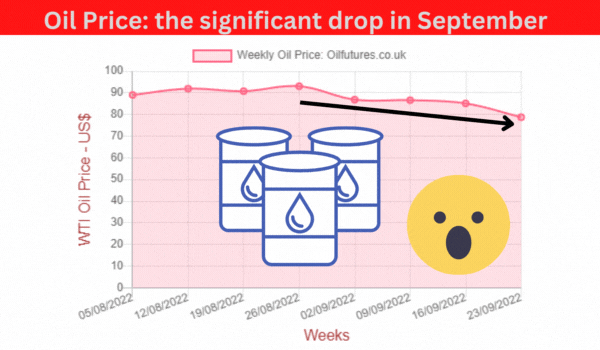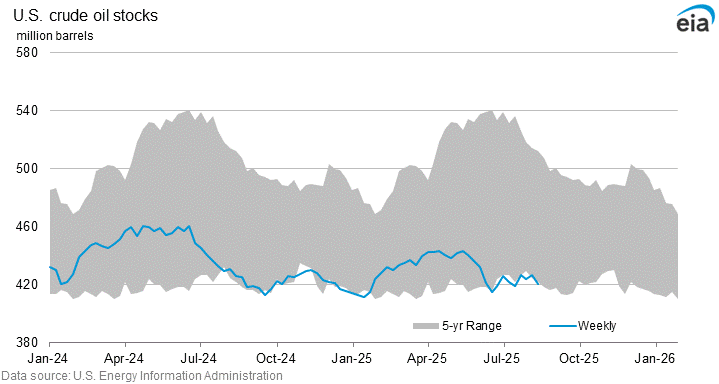The price of crude oil has been falling for three successive weeks despite the obvious concerns about a steady supply in the evolving political uncertainties across world - including the war in Ukraine.
As of 13:45 GMT, the prices of two major benchmarks, WTI and Brent, recorded $78.21 and $85.50 respectively. The price of LNG, liquified natural gas that used to offer a feeble upthrust on the falling oil prices, meanwhile, stood at $6.69.
The fact that the price of WTI fell below the psychologically-significant $80 clearly shows that the demand has suffered due to high prices. Had it not been for the high price of LNG, the fall would have been steeper and even bordered on a crash.
Analysts hoped that the price would recover the lost ground in light of the news that the OPEC+ has not met its output target in August: in fact, it lost the output target by 3.58 million barrels; it is a bigger shortfall than that for July.
The OPEC+ has not accounted for falling below its own output target; it, perhaps, may be due to the fall in Libyan contribution as a result of political unrest that stems from the fighting among the warring factions in the North African country.
The members of the oil cartel meet again on October 5 and may consider a cut in the output in order to stabilize the falling prices.
The fact of the matter, however, is that neither a production cut nor a drop in the US crude inventories failed to boost the falling prices recently, because their influence has been overshadowed by the dominant many economic factors such as rampant inflation, strong US dollar, rising interest rates and of course, slowing global economy.
In this context, the OPEC+ may cut the oil output by a modest amount in order to allay the fears of its members. It, however, will not trigger off a miraculous recovery in the presence of many negative economic sentiments across the world.
On the other hand, the US is hell bent on releasing its SPR, Strategic Petroleum Reserve, in order to keep tabs on the rising fuel prices: the world's top consumer has been releasing SPR at the rate of 1 million bpd since March and may extend the deadline beyond September, perhaps buoyed by the falling oil prices.
As winter approaches, the list of countries that release their own SPR may grow; Switzerland, for instance, is planning to release its SPR in order to boost the supply and bring the own prices down.
The rising gas prices helped oil prices to stay above $80 for weeks. The price of gas prices, however, has been falling despite the obvious supply worries in Europe due to the war in Ukraine and Russia's determination to turn the tap off on a whim.
With that, the oil price lost its most important cushioning factor.
In this context, analysts are keenly watching the movement of the price of LNG in the coming weeks in order to correctly gauge the crude oil prices amidst evolving uncertainties.








